Gridcoin GPU mining (3): Blast From The Past
Gridcoin - crypto mining through computational science
I have built a new machine recently, specifically for BOINC computations and mining Gridcoin. Like my other machine, this one is also watercooled, since it's placed in my living room and is running 24/7:
Classical elegance of watercooling :)
Subwoofer, EK-CoolStream XE 480 radiator and Lian Li PC-A10B case
Full specs:
- CPU Intel Core i7-990X
- ASUS Rampage III Extreme X58 S1366
- Corsair XMS3 Dominator GT 12GB DDR3
- 2 x Gigabyte R9 280X (rebranded HD7970)
I know what you're probably thinking: that's not quite the best hardware, hardly worth spending so much on it - newer GPUs would certainly yield higher hash rates. And for repetitive Proof-of-Work algorithms, you would probably be right. But while Proof-of-Work hashing is usually dealing with integer numbers, computational science is more complex and is usually dealing with decimal numbers - so called floating point operations. The speed of floating-point operations, commonly measured in FLOPS (FLoating-point Operations Per Second), is a very important characteristic of a computer system, especially for applications that involve intensive mathematical calculations. For example, 8 teraflops (TFLOPS) is equivalent to 8x10^12 or 8000000000000 (eight trillions) floating operations per seconds (performance commonly seen in today's GPUs). Typically, an addition or a multiply operation is always considered to be one floating operation, but more complex functions such as exponential, sine or cosine require more floating operations.
Performance of today's supercomputers is commonly measured in petaflops (PFLOPS or 10^15 floating operations per second). Current performance of the BOINC network is (roughly) estimated at 175 petaflops. Fastest supercomputer in the world is currently Sunway TaihuLight, with peak performance of 125 petaflops.
Floating Point Operations - FP32 vs FP64
When analyzing the performance of your GPU in computational science, it's very important to know that there are two levels of floating point precision: single (usually abbreviated as FP32, for using 32 bits) and double (FP64, using 64 bits). Double precision is well... more precise. Without going into too much details, consider a straightforward example:
The single precision value of Pi is 3.1415927 (7 decimal places)
The double precision value of Pi is 3.1415926535897930 (16 decimal places)
There are BOINC projects where 7 decimal places just aren't enough for accurate computations. For example, the MilkyWay@home project, which is creating a highly accurate three dimensional model of the Milky Way galaxy, is using a lot of exponential functions in its math and all tiny errors produced by constant rounding to 7 decimal places get exponentiated by an exponential function too, delivering results which are simply not accurate enough in the end. Consequently, if you want to compute for MilkyWay@home, double precision is mandatory. And that's where the things get tricky, because newer GPUs have actually very low FP64 performance. Since FP32 is more than adequate for gaming, AMD and Nvidia have in their wisdom decided that FP64 is for "professionals" only, so you are welcome to buy their professional graphic cards which cost much more than regular, consumer cards.
AMD FirePro S9170 (released in July 2015.) delivers 2.62 TFLOPS in double precision computations at a price of $4000, Mr. Professional
HD7970 Tahiti
But double precision wasn't always for professionals only. Back in early 2012. when AMD released their HD7000 consumer series, they were generous enough to equip their flagship GPU, HD7970 Tahiti, with 1.1 TFLOPS of FP64 performance, at a price of $549. In February 2013. Nvidia released their GeForce GTX Titan with 1.5 TFLOPS of FP64 performance at a price of $999 and suddenly high-end double precision computing became quite expensive. AMD followed suit and halved FP64 performance on their next line of consumer cards (Rx 300 series), relegating such niceties to expensive professional market. Good times were over (and they didn't last long).
HD7970 Tahiti - most affordable FP64 power ever! Released in early 2012. and delivering 1.1 TFLOPS of FP64 performance at a price of $549 (you can find them today for $150 at eBay). In comparison, GeForce GTX1080, one of the most powerful consumer graphic cards today, can achieve only 0.28 TFLOPS in FP64 (but 8.8 TFLOPS in FP32).
Not surprisingly, due to its high FP64 output, HD7970 is still an admirable BOINC performer today, very well suited for BOINC projects which require double precision computations (such as MilkyWay@home). My new machine is currently holding the third place at MilkyWay top host list which is populated almost exclusively by Tahiti cards (HD7970 is also known as R9 280X when AMD simply rebranded it in October 2013). And of course, anything that yields high performance in BOINC is also very suitable for mining Gridcoin (more BOINC work=more Gridcoins, to put it simply).
Top five hosts in MilkyWay@home
How much FP64 have you got?
Interested in doing some computations for science? You can check FP32/FP64 GFLOPS for your graphic card on the following links:
http://www.geeks3d.com/20140305/amd-radeon-and-nvidia-geforce-fp32-fp64-gflops-table-computing
(clear and instructive, but newer cards are not listed)
https://en.wikipedia.org/wiki/List_of_Nvidia_graphics_processing_units
(a bit harder to navigate, but ALL Nvidia GPUs are listed - look under Processing Power DP column)
https://en.wikipedia.org/wiki/List_of_AMD_graphics_processing_units
(same remark, but for AMD/ATI)
Don't worry if your GPU is weak at FP64. There are plenty of BOINC projects which use FP32 or single precision. We'll be talking about one such (very popular) project in my next article about Gridcoin GPU mining.
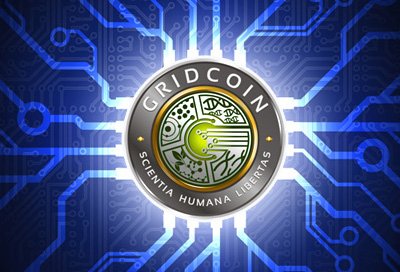
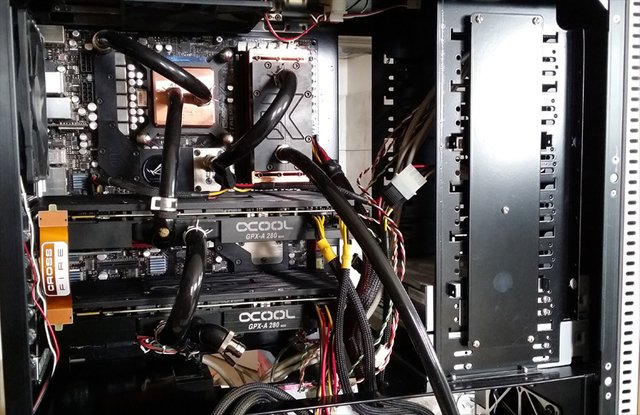
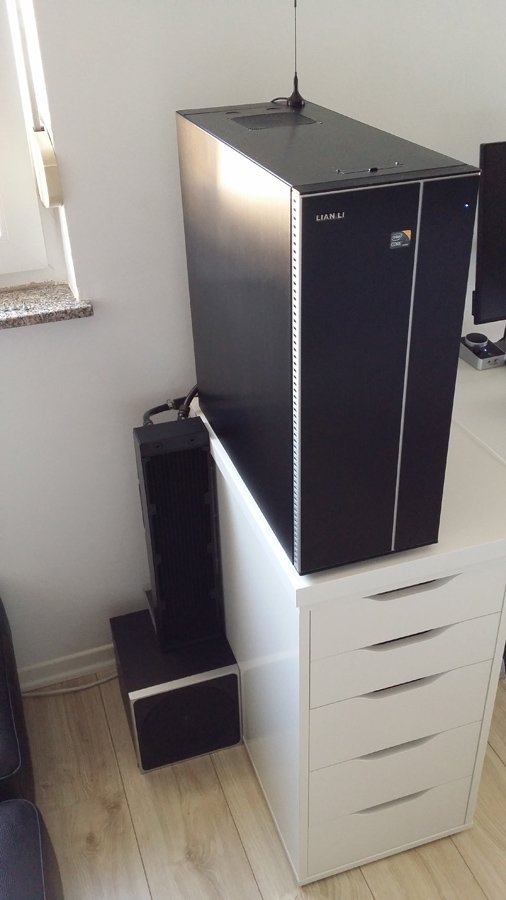
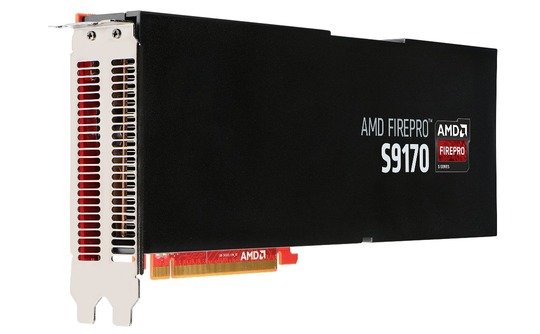

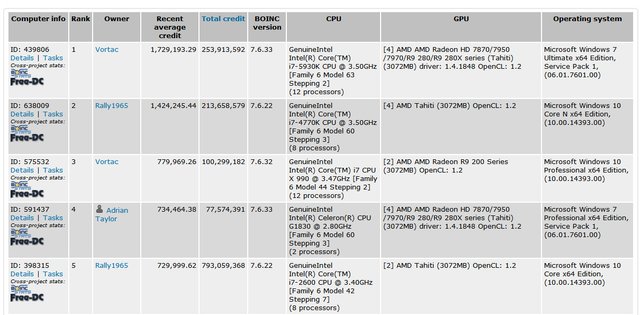

Excellent post, resteemed
Great post. Love the simple way you explain things.
Great post, @vortac! :)
how long have you been doing it?
Distributed computing since 1999.
Watercooling since 2004.
Milkyway@home since 2009.
Gridcoin since 2015. :)
I love grid and seti "search for extraterrestrial intelligence"
jesus was the first saying:
"I'm not from this world"
John 8:23
pretty alien outer space to some!
and there is wen god jah ! talked himself with Moses and presented himself as Jehovah
https://steemit.com/life/@eliowilson/tetragram
loved that post also interesting machines
https://steemit.com/gridcoin/@vortac/gridcoin-gpu-mining-heating-up-your-living-room-with-computational-science
up following steemit check:
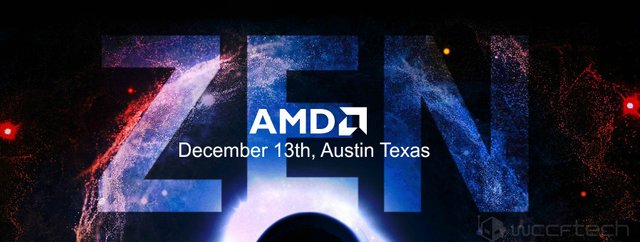
amd-releases-first-8cores-16-threads-zen-ryzen-cpu
did you knew that?
https://steemit.com/new/@eliowilson/13-12-16-amd-releases-first-8cores-16-threads-zen-ryzen-cpus-detailed-8-cores-3-4ghz-16-threads-and-auto-overclocking-with-xfr
I love seeing mining rig builds.
Check @rozo, he is building true mining rigs. Mine are still mostly normal desktop PCs, used for other things as well (besides BOINC and mining).
Thanks, I'll check it out now.